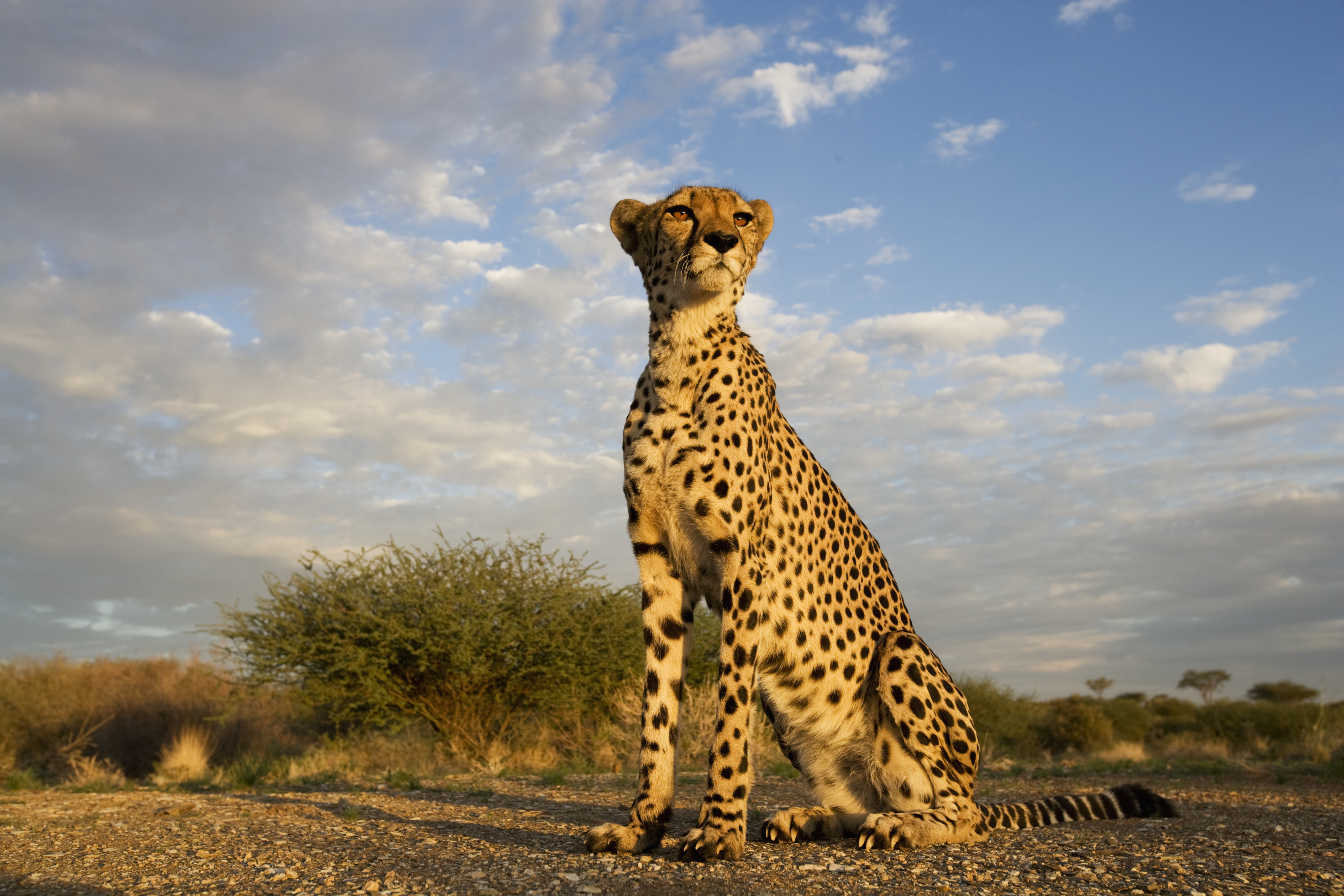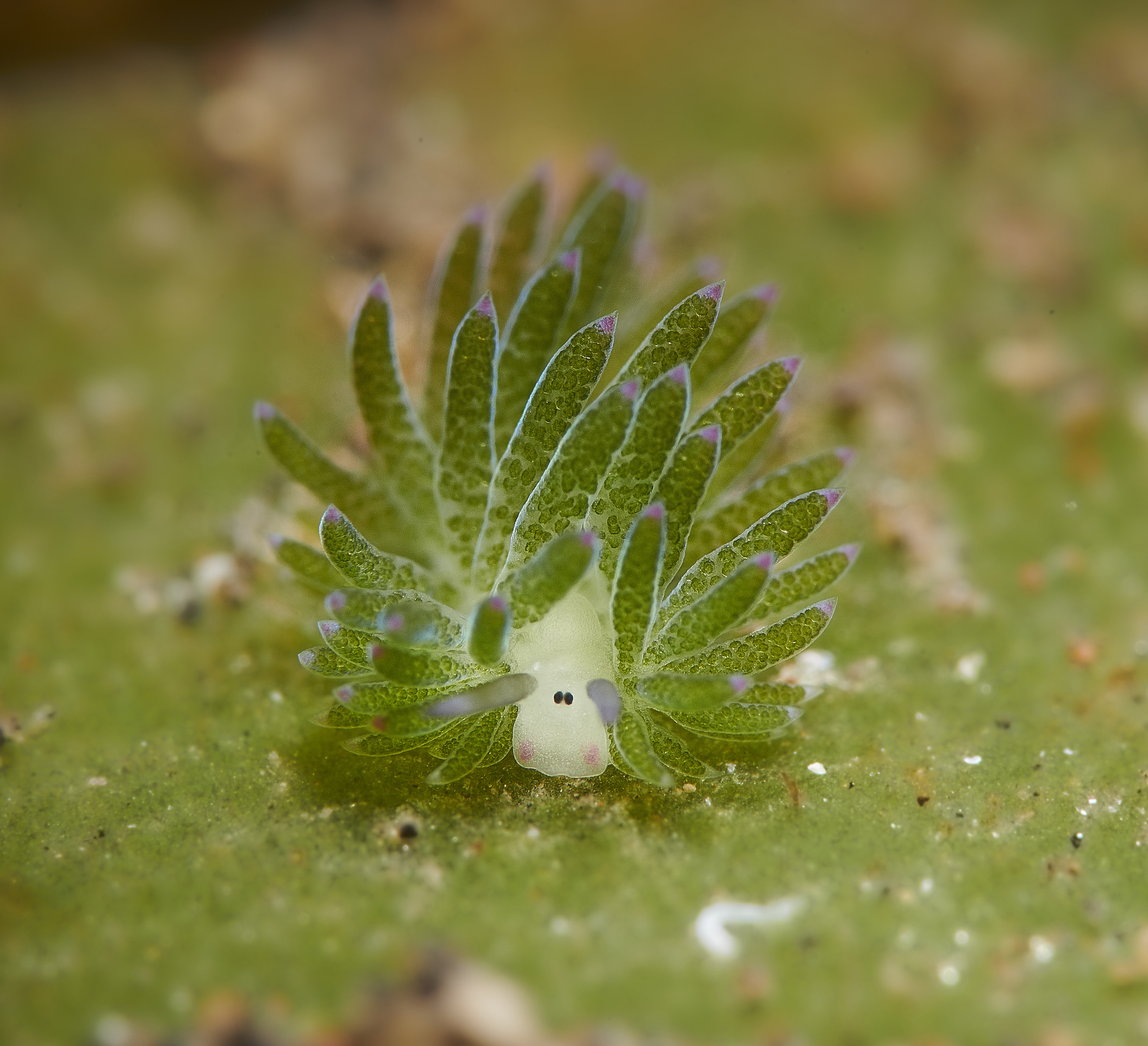From camel to cuttlefish, here are 19 animals beginning with the letter ‘C’.
Discover 19 animals that start with the letter ‘C’. Can you think of more? Let us know what we have missed…
Animals beginning with ‘C’
Camel
Known as the ships of the desert, camels are ungulates famed for their hump. The camel’s hump is useful in the desert as almost all of its fat is stored there, rather than being evenly distributed over its body, so it stays cool in warm environments.
Cattle

Cattle are domesticated members of the bovine family usually bred for milk production or beef. Technically, females are only called cows after they have given birth to a calf – before that they are a heifer.
Chameleon

Famous for their ability to change colour, there are 200 different species of chameleons, which range considerably in size, from 13.5mm to 67cm.
Cheetah

Cheetahs are nature’s Formula One cars – they are celebrated as the world’s fastest mammal and ideally adapted for sprinting and chasing down prey. These carnivorous big cats are most often seen in the dry savannah and grasslands of Africa.
Chimpanzee

Chimpanzees our one of our closest living relatives, and we share 98% of our genetic DNA with them. They are highly intelligent and commonly use tools tools – some chimpanzees even sharpen sticks to use for hunting.
Chough

Choughs are jackdaw-sized members of the crow family. They have an incredibly inquisitive nature, like all corvids, and are often found in flocks enjoying the company of other birds. They are very site-faithful and do not easily spread across an area.
Civet

The civet is a a South-East Asian mammal that looks a bit like a cross between a cat and a mongoose. It is also famous for its link with coffee. Civets eat and partly digest coffee cherries, however they can’t properly digest the beans, which emerge whole when it defecates. These beans are harvested from the civet’s faeces and sold for high sums of money as kopi luwak, or civet coffee.
Coelacanths

Coelacanths are known as ‘living fossils’. This is because, until relatively recently, their existance was only know through fossil evidence, and they were thought to have gone extinct along with the dinosaurs. However, a shock discovery came in 1939, 66 million years after its supposed extinction, when a living specimen was found among a fisherman’s catch. A group such as this that seemingly disappears from the fossil record, only to reappear again almost unchanged, is known as a Lazarus taxon.
Collared dove

The collared dove is a small dove of farms, parks, gardens and woods. It is pale, pinkish grey, with a black neck stripe; its call resembles “un-i-ted, un-i-ted”.
Common dolphin

There is no mistaking the creamy yellow hourglass pattern of the common dolphin as it leaps from the water. Though you may catch sight of one from land, you’re more likely to see pods of these highly inquisitive cetaceans out at sea, where groups of 10–30 approach boats and ride their bow waves.
Cormorant

This large, black waterbird with its long elegant neck is unmistakable. Cormorants are superb fishers and have come into conflict with fishermen in the past.
Coppery titi monkey

With its red tinge, it’s easy to see how coppery titi monkeys got their name. They are a species of new world monkey indigenous to northwest South America and live in the Amazon forests of Peru and Brazil.
Costasiella sea slug

The Costasiella sea slug – also known as the ‘leaf sheep’ and ‘Shaun-the- sheep slug’ for obvious reasons – spends much of its time grazing on marine algae.
We named it one of the weirdest sea creatures in the world
Coyote

A member of the canine family, coyotes look like small wolves and are native to North America and Central America.
Crested owl

Despite a passing resemblance to Gizmo from Gremlins (that’s the cute, furry Mogwai with the ears, obviously), the crested owl is one of a kind – the sole member of its genus, Lophostrix. The species is widespread and fairly common across large swathes of Central and South America.
- We named it one of the weirdest birds in the world
Crow

Intelligent, bold and found almost everywhere in the UK, members of the crow family – known as corvids – can be seen on almost any countryside walk. In the UK there are eight species of crow, while worldwide there are about 40 different species.
Cuckoo

The common cuckoo, also known as the European cuckoo, is a remarkable and fascinating bird, migrating to the UK from Africa every spring. It’s famous for its parasitic behaviour (known specifically as brood parasitism) where it does not build its own nest to raise its young, but instead tricks another bird species into doing the work for it.
Cuvier’s dwarf caiman

One crocodilian unlikely to trouble anyone tempted by river swimming in the Orinoco or Amazon basins is Cuvier’s dwarf caiman, Paleosuchus palpebrosus, miniature crocodile whose males rarely exceeds 1.5m in length, and females not much more than 1m. It is the world’s smallest crocodile
Cuttlefish

Cuttlefish have some of the most impressive courtship routines in nature. Big males adopt a striking zebra-stripe pattern on one side of their body to ward off rivals, while simultaneously displaying an attractive mottled pattern to a female on the other – quite a feat.
An alphabetical adventure through the animal kingdom
- Animals starting with ‘A’
- Animals starting with ‘B’
- Animals starting with ‘X’
- Animals starting with ‘Z’